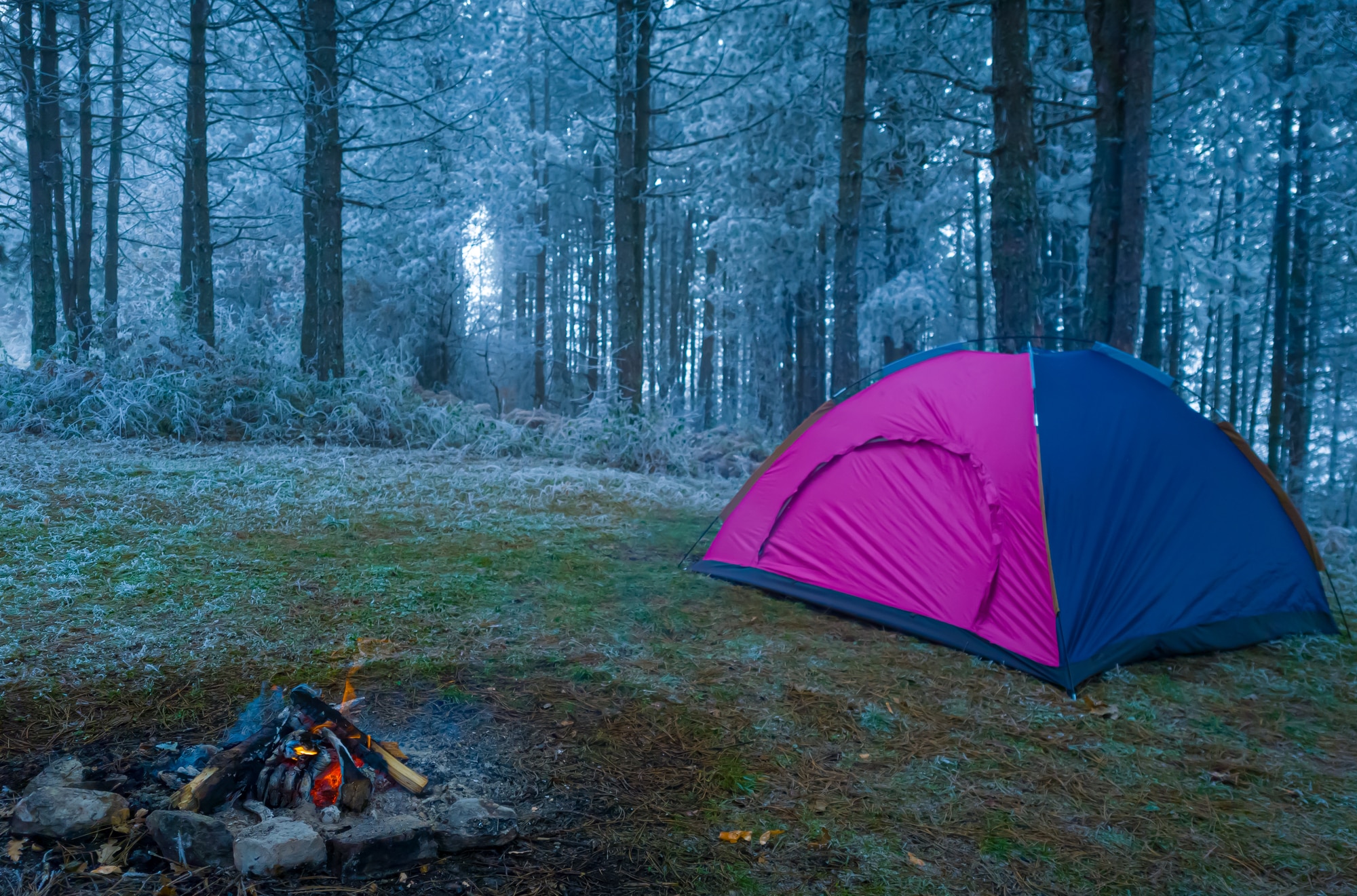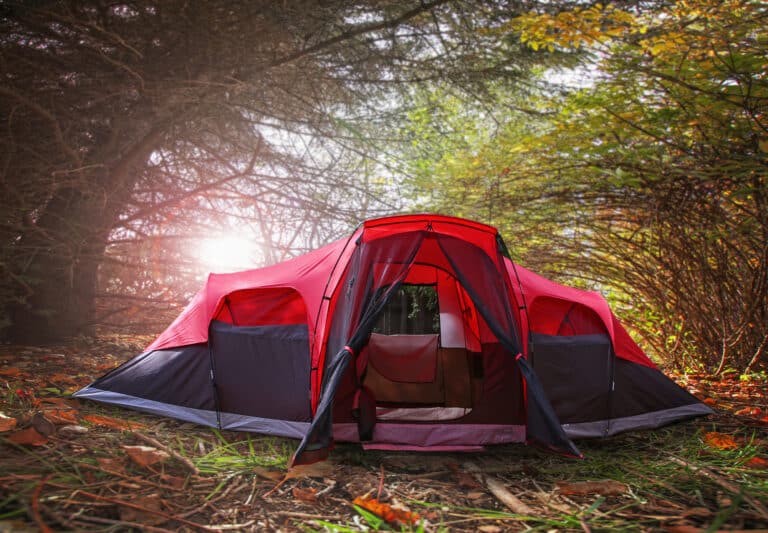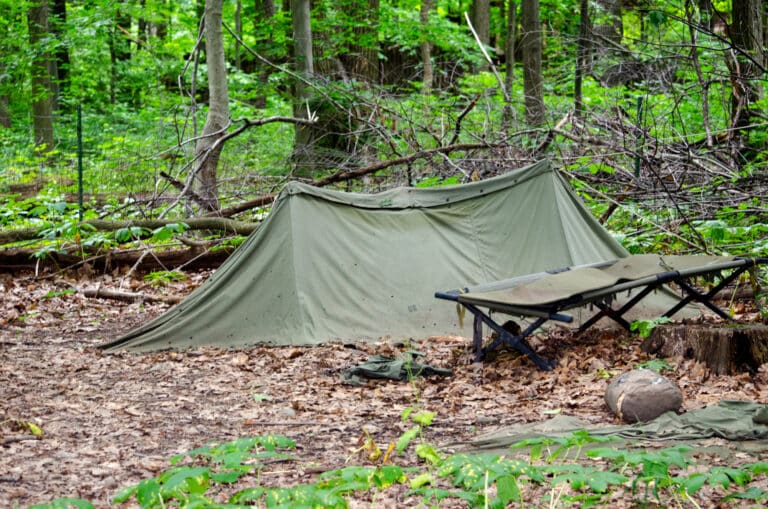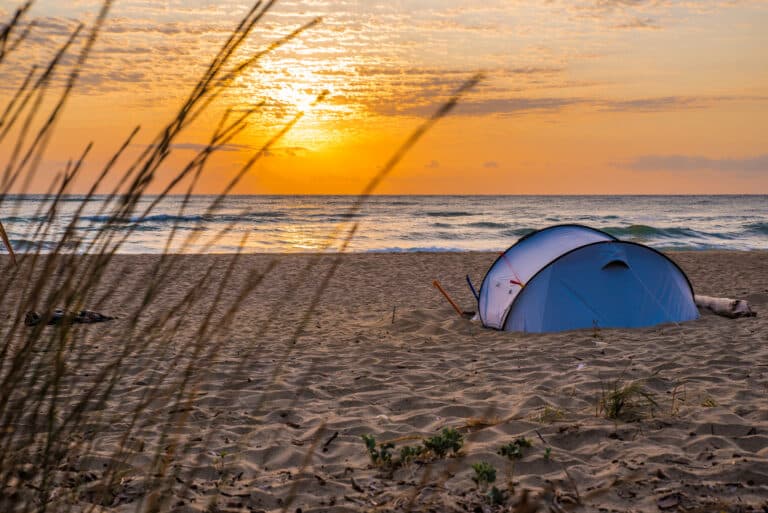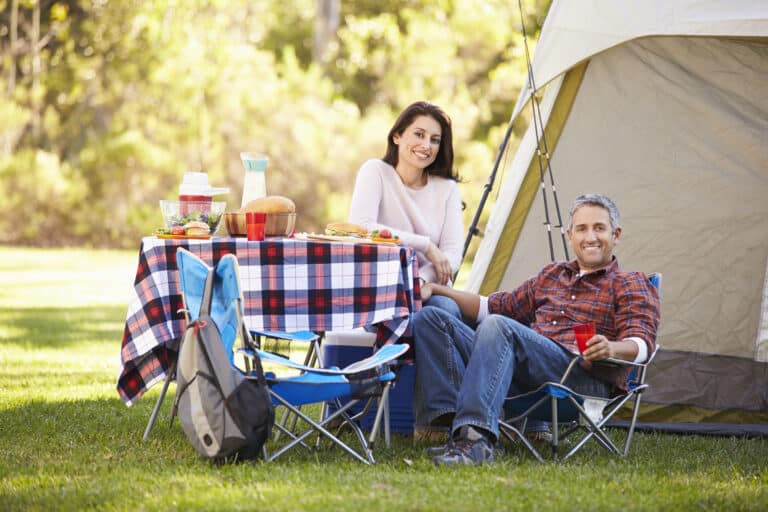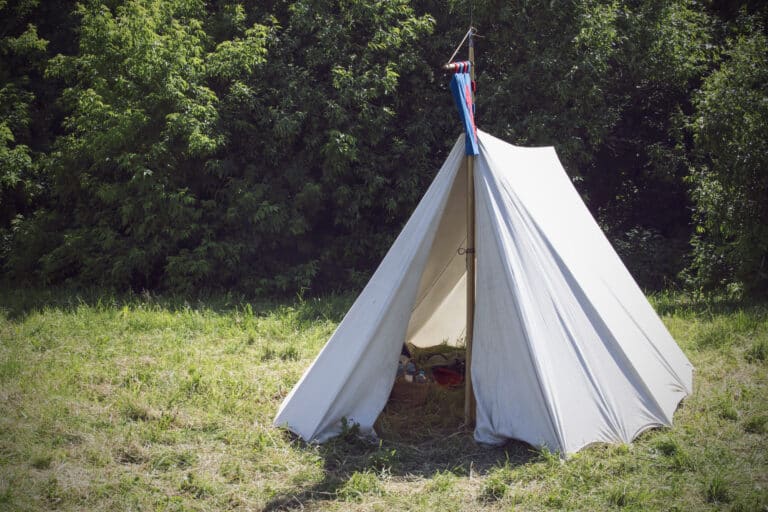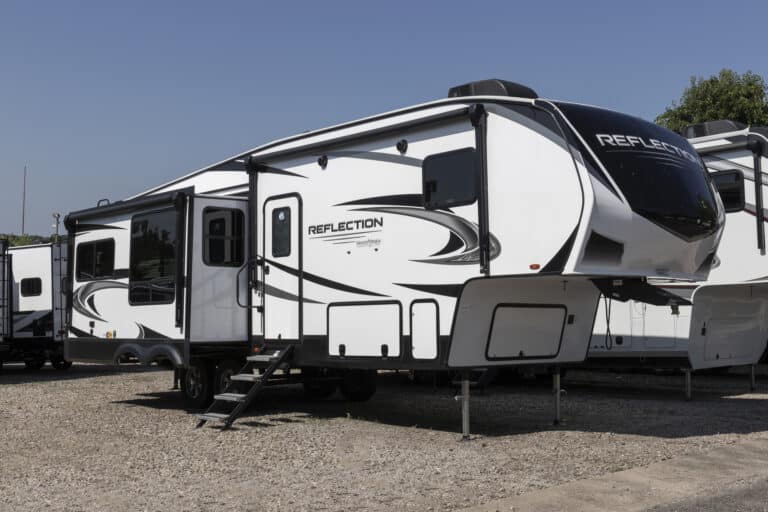Best Extreme Cold Weather Tents: Your Ultimate Guide to Staying Warm
Extreme cold weather tents provide reliable shelter and protection in harsh winter conditions, ensuring a comfortable camping experience for outdoor enthusiasts.
These tents are specially designed to withstand low temperatures, strong winds, and heavy snowfall, making them a must-have for adventurers who brave the elements to explore the great outdoors.
Crafted from durable and high-quality materials, these tents offer a cozy and secure place to rest and recharge after a day of trekking through icy landscapes.
With numerous options available in the market, it’s essential to identify the key features and tent types suitable for winter camping.
It is crucial to consider factors such as weather resistance, strength, and insulation to choose the optimum tent that meets your unique requirements.
In this article, we provide an overview of the best extreme cold weather tents and their notable features, helping you make an informed decision before embarking on your next winter expedition.
Key Takeaways
- Various tent types cater to different winter camping needs
- Durability and weather resistance are crucial for extreme cold weather tents
- Careful consideration of tent features can enhance your winter camping experience
Key Features of Extreme Cold Weather Tents
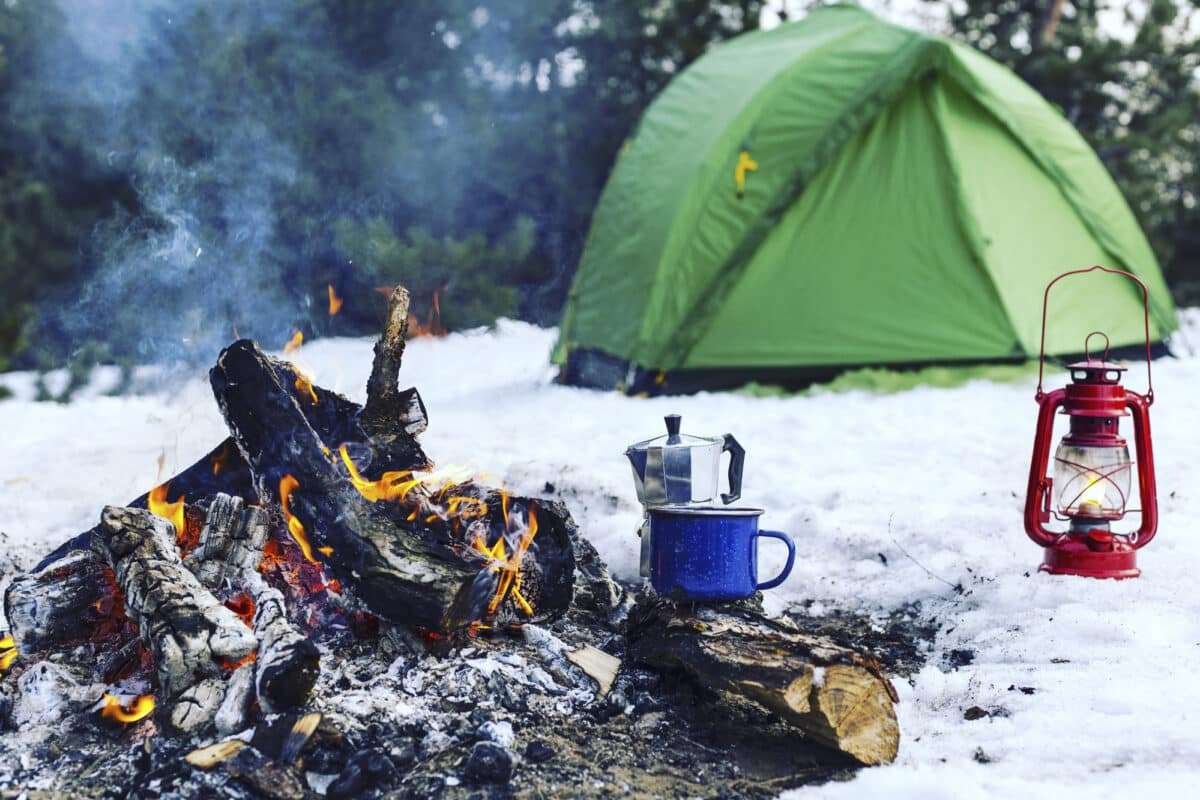
Wind and Snow Protection
When looking for an extreme cold weather tent, it’s crucial to find one that offers excellent wind and snow protection.
Tents designed for these conditions often feature a dome shape, as this design can withstand very high winds.
In addition, these tents should have strong poles and a quality flysheet to provide protection against heavy snowfall.
High-Quality Materials and Construction
Materials and construction are essential aspects of a cold weather tent.
Use of high-quality materials, such as durable fabrics (like ripstop nylon) and heavy-duty zippers, ensures that the tent can withstand the harsh conditions it may face.
Proper construction, including reinforced seams and stitchings, adds to the tent’s overall strength, ensuring it can endure extreme weather situations.
Effective Ventilation and Condensation Management
In cold weather conditions, managing condensation and moisture inside the tent is crucial.
A well-ventilated tent helps reduce the build-up of moisture, while also providing an escape route for warm air.
Look for tents with multiple vents and mesh panels that promote airflow, helping to keep the interior dry and comfortable.
Optimal Insulation and Temperature Regulation
Lastly, insulation and temperature regulation are vital features in extreme cold weather tents.
A tent with an effective insulation layer can prevent heat loss, maintaining warmer temperatures inside.
Some tents offer additional layers, such as a reflective lining, to enhance temperature regulation and keep you warm even in the most frigid conditions.
Top Tent Types for Cold Weather Camping
When it comes to cold weather camping, choosing the right tent is essential to stay warm and protected from harsh elements.
In this section, we’ll explore the different types of tents that are suitable for cold weather camping.
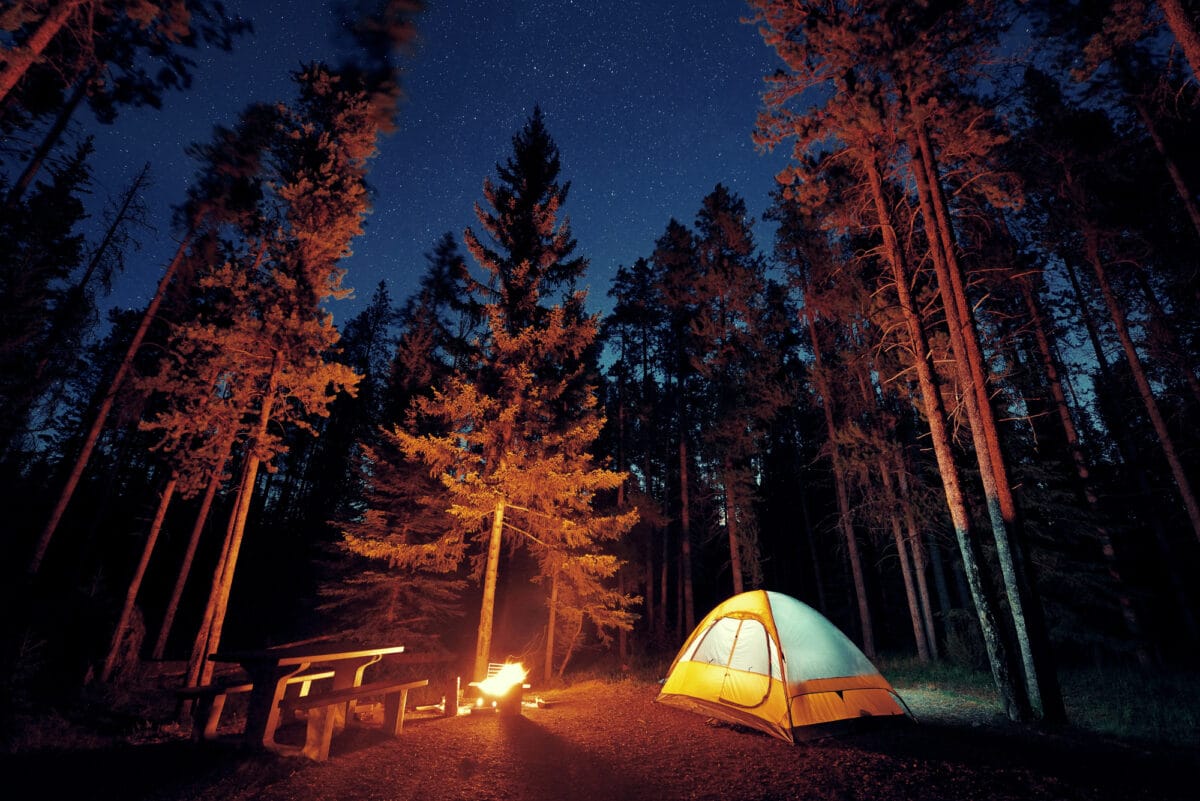
Four-Season Tents
Four-season tents, also known as winter tents, are designed to withstand harsh winter conditions, including heavy snowfall and strong winds.
These tents are typically constructed with durable materials and reinforced poles for added support.
Some popular four-season tent options include:
- CAMPROS 6-Person Tent: Ideal for family camping, this tent offers ample space and convenience.
- ALPS Mountaineering Tasmanian 2-Person Tent: A sturdy option for a pair of campers, providing excellent weather resistance.
- REI Co-op Base Camp 4 Tent: Suitable for a small group or family, this tent offers a spacious and comfortable shelter during winter camping trips.
Mountaineering Tents
Mountaineering tents are designed for high altitudes and alpine environments.
These tents prioritize strength and weather resistance to ensure protection against extreme conditions like snow, ice, and strong winds.
Lightweight options are available for those who need to consider portability when climbing mountains.
The North Face Mountain 25 Backpacking Tent is a solid example of a lightweight mountaineering tent that provides easy setup and reliable shelter.
Single-Wall and Double-Walled Tents
Tents can also be categorized by their wall construction: single-wall and double-walled tents.
Single-wall tents, as the name suggests, have a single layer of fabric that offers both weather protection and ventilation.
They are often lighter weight and more compact, making them ideal for backpacking. However, they may not provide as much insulation as double-walled tents.
Double-walled tents have two layers: an inner breathable layer and an outer waterproof layer.
This construction generally offers better moisture control and insulation, making them preferable for camping in colder conditions.
The AYAMAYA Winter Cold Weather Ultralight is an excellent example of a double-walled tent suitable for one person to use during winter camping.
Crucial Tent Features for Cold Weather Comfort
Spacious Interior and High Ceilings
A spacious interior is essential for comfort in cold weather as it provides ample space for movement, storage, and sleep.
High ceilings make it possible to sit up and change clothes without feeling cramped. An ideal tent should have enough space to accommodate users and their gear comfortably.
Sturdy Tent Poles and Framework
Cold weather can bring strong winds and heavy snow loads, so sturdy tent poles and a robust framework are critical.
Look for tents with aluminum or composite poles, as they provide excellent strength and flexibility.
A geodesic or semi-geodesic design is recommended for its stability in harsh conditions.
Functional Vestibules and Storage Options
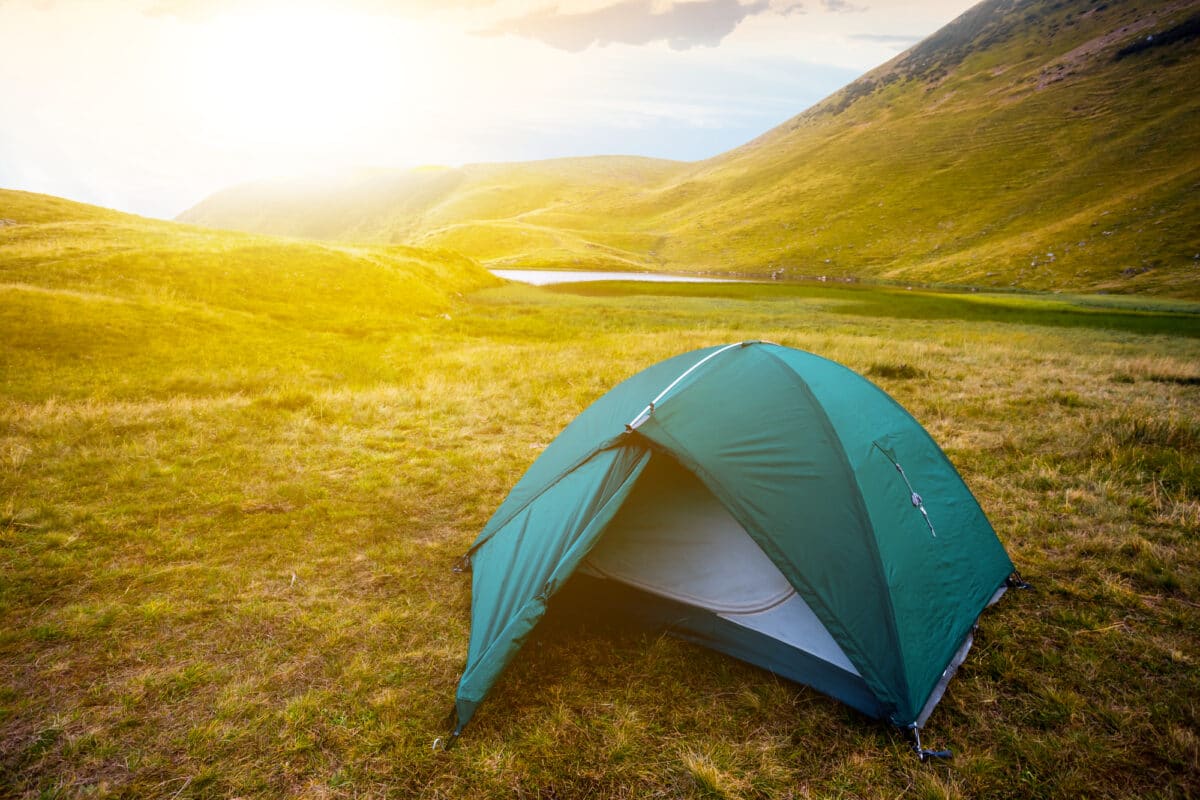
When camping in frigid temperatures, functionality is essential. Ample vestibules act as barriers, keeping cold winds and snow out of the tent’s main living area.
The vestibule should have enough space to store gear and wet clothes, while the doors should provide easy entry and exit.
Interior pockets and gear lofts can also make organization and storage more convenient in small spaces.
- Vestibules: act as storage space and cold weather barriers
- Doors: make access easy, especially if double zippers are included
- Interior pockets: help keep gear organized and within reach
- Gear lofts: offer additional storage
Waterproof Rainfly and Tent Floor
A waterproof rainfly is crucial in cold weather, as it protects the tent from precipitation like rain and snow.
Look for tents with a high waterproof rating (above 3000mm) for the rainfly and a similar rating for the tent floor.
A waterproof floor prevents moisture from seeping in, keeping you and your gear dry.
An awning or extended rainfly can also add extra protection, especially when paired with a sturdy tent.
Top Recommended Cold Weather Tents
The North Face VE 25
This friendly tent option, the North Face VE 25, provides durability and protection against harsh winter elements.
Designed for 3 people, it’s suitable for high-altitude expeditions and extreme weather conditions.
Its geodesic design offers excellent stability in heavy winds, and the dual doors and vestibules provide ample gear storage and ease of entry/exit. Among its features, the VE 25 boasts:
- DAC Featherlite NSL aluminum poles for lightweight stability
- Fully taped nylon bucket floor for added protection from ground moisture
- Multiple mesh pockets for organizing gear
ALPS Mountaineering Tasmanian 2
Next on the list is the ALPS Mountaineering Tasmanian 2, a well-designed and hassle-free high-quality tent that guarantees to protect you from the elements.
This 2-person tent utilizes robust materials and construction for excellent performance in extreme cold weather conditions. Some highlights of the Tasmanian 2 include:
- 7000 Series aluminum poles for sturdy yet lightweight support
- Factory-sealed fly and floor seams to prevent water infiltration
- Mesh storage pockets and gear loft to maximize space
REI Arete ASL 2
Last but not least is the REI Arete ASL 2. This 2-person tent combines durability with versatility, making it an ideal choice for those who need a reliable cold weather shelter.
Its double-wall construction minimizes condensation, while the two doors and vestibules offer convenient access and storage. Notable features of the REI Arete ASL 2 are:
- DAC Pressfit aluminum poles for increased stability
- UV-resistant polyester fly to prevent degradation in harsh sunlight
- Adjustable vents for customizable ventilation
These top recommended cold weather tents, the North Face VE 25, ALPS Mountaineering Tasmanian 2, and REI Arete ASL 2, are great choices for those seeking shelter in extreme environments.
Each offers a unique blend of durability, comfort, and user-friendly features to ensure you stay safe and well-protected during your winter adventures.
Additional Considerations for Winter Camping
Size and Weight of the Tent
When choosing an extreme cold weather tent, it’s important to consider size and weight. Backpacking in winter conditions can be difficult, so a lightweight tent is desirable.
However, balance is key; a too-small shelter could diminish comfort and compromise warmth.
- Size: Make sure the tent has enough space for you and your gear. A small vestibule could be helpful for storing wet or snowy equipment separate from the sleeping area.
- Weight: Look for lightweight yet sturdy materials in both the tent fabric and poles. Aluminum or carbon fiber poles tend to be lighter than steel or fiberglass.
Camping Gear and Winter Equipment
Proper camping gear and winter equipment are crucial for a successful cold-weather trip. In addition to a reliable 4-season tent, consider the following for optimal comfort and safety:
- Insulated sleeping pad: Adds both warmth and comfort
- Sleeping bag: Rated for the lowest expected temperature
- Stove: A stove that functions well in cold and windy conditions
- Warm clothing: Layered, moisture-wicking, and insulated
- Waterproofing: Ensure your gear is adequately protected from moisture
Ease of Use and Setup in Cold Weather
Even the best winter tents can be challenging to set up in extreme conditions. Look for features that will make your life easier in cold and bad weather:
- Pole design: Color-coded poles or an intuitive attachment system can speed up the setup process
- Zippers: Large, glove-friendly zippers that will not freeze or jam
- Ventilation: Adequate vents to help manage condensation and moisture
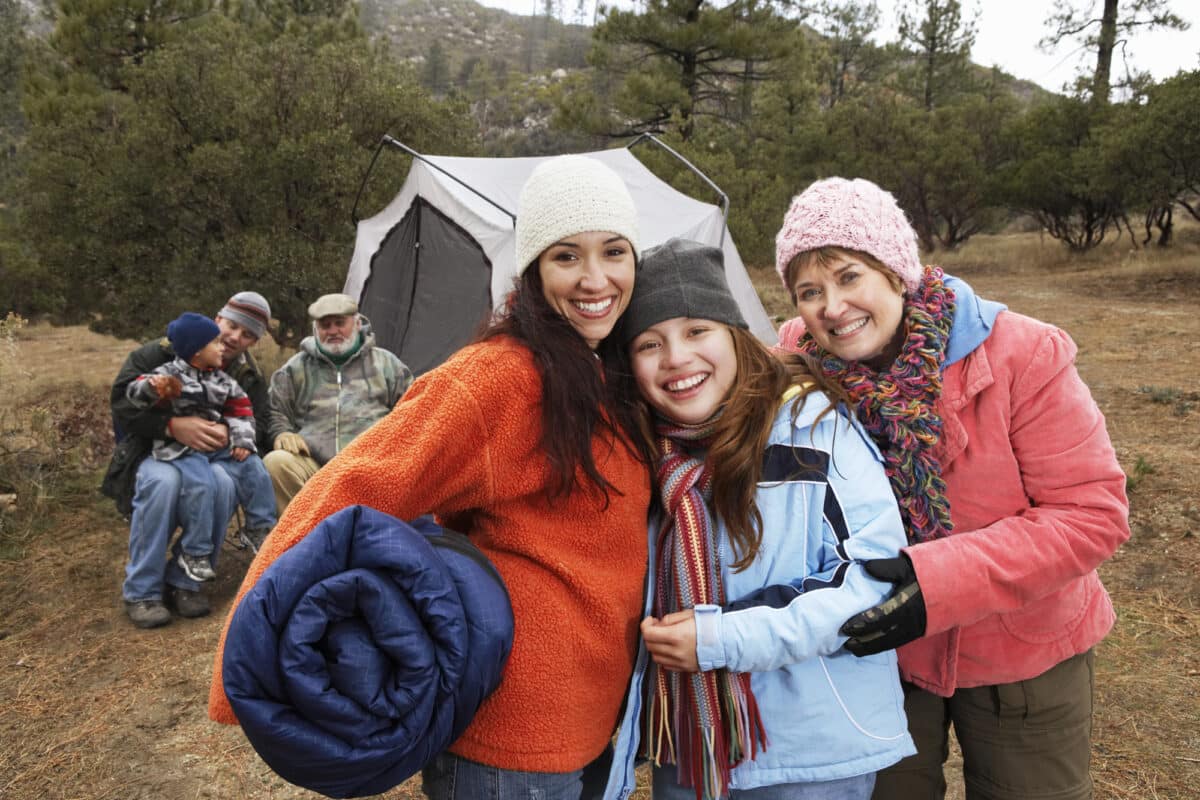
Frequently Asked Questions
What is the warmest tent available for purchase?
There isn’t a single “warmest tent” on the market, as various models cater to different needs and preferences.
However, the best winter tents offer a combination of sturdy materials, strong pole structures, and effective insulation.
Look for tents with features like insulated walls, heat-reflective coatings, reduced mesh areas, and high-quality zippers to keep the cold wind out.
Are there any ideal family-sized tents for extreme cold?
Family-sized tents for extreme cold should offer ample space for everyone to sleep comfortably while providing excellent insulation and protection from harsh weather.
Look for tents that have separate compartments or room dividers to allow for privacy and keep heat concentrated.
Before making a purchase, ensure that the tent is suited for extreme cold by verifying its material, structure, and thermal specifications.
Which 2-person and 4-person tents are best for 4-season use?
For 2-person tents, the MSR Access 2 and Hilleberg Nallo 2 GT are popular choices due to their lightweight yet strong construction.
For 4-person tents, the Marmot Thor 4 and The North Face Mountain 25 stand out for their durability and functionality in extreme conditions.
Be sure to choose a tent that fits your specific camping and hiking needs and has positive user reviews on its performance in harsh conditions.
How does North Face compare with Big Agnes in their 4-season tent offerings?
Both North Face and Big Agnes offer quality 4-season tents, but with different target customers and product features.
North Face tents, like the Mountain 25, focus on durability, weather-resistance, and robustness, making them an excellent choice for extreme conditions.
In contrast, Big Agnes emphasizes weight savings and packability in their tents, such as the Copper Spur 4-season tents.
Your choice will depend on your specific needs and preferences in terms of weight, capacity, and comfort features.
What are the top insulation features to look for in a tent?
When selecting a winter tent, prioritize insulation features like double-wall construction, storm flaps over the zippers, reduced mesh areas on the inner tent, insulated fabric, and heat-reflective coatings.
Opting for tents with adequate ventilation will also help maintain optimal warmth while preventing condensation.
What materials make a tent suitable for winter camping?
Material choice plays a significant role in a tent’s suitability for winter camping.
Look for tents made of sturdy, tear-resistant materials like polyester and nylon, with a high denier rating to prevent tearing under the weight of snow.
Reliable winter tents should also have a strong and stable pole structure, typically made of lightweight aluminum or composite materials to resist bending or snapping in extreme weather.

